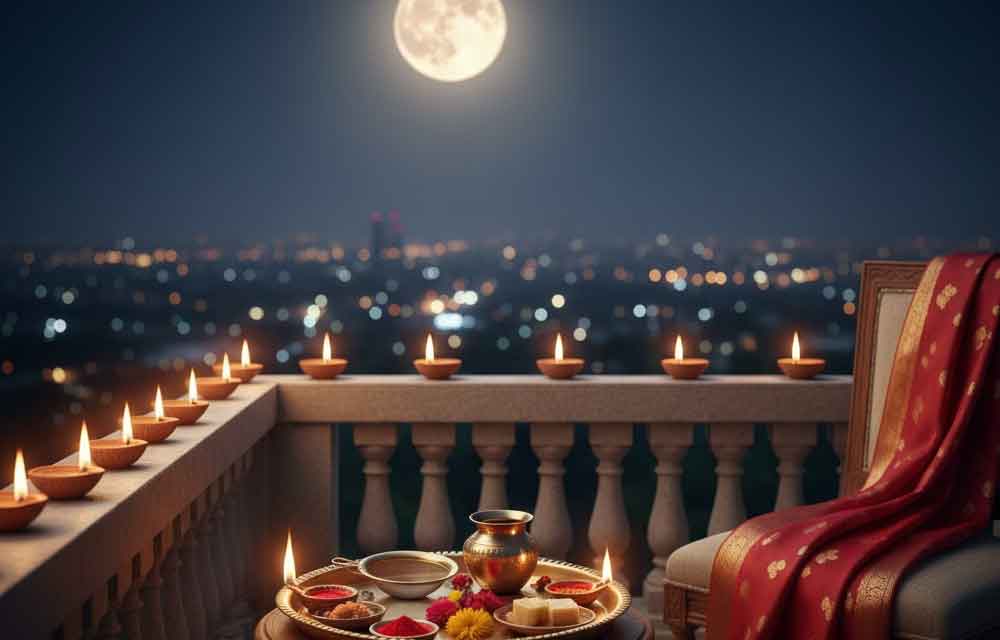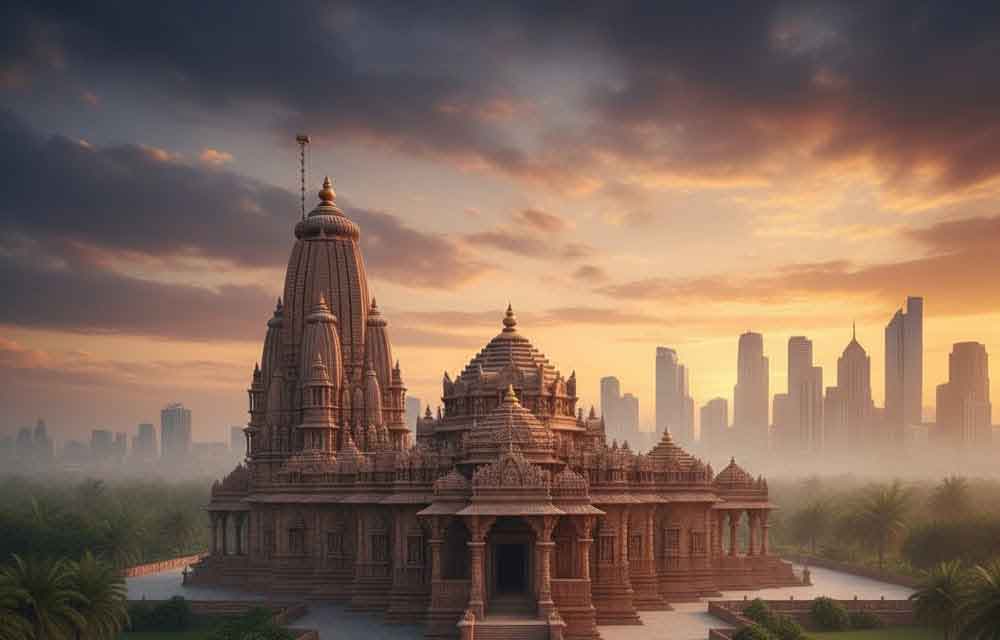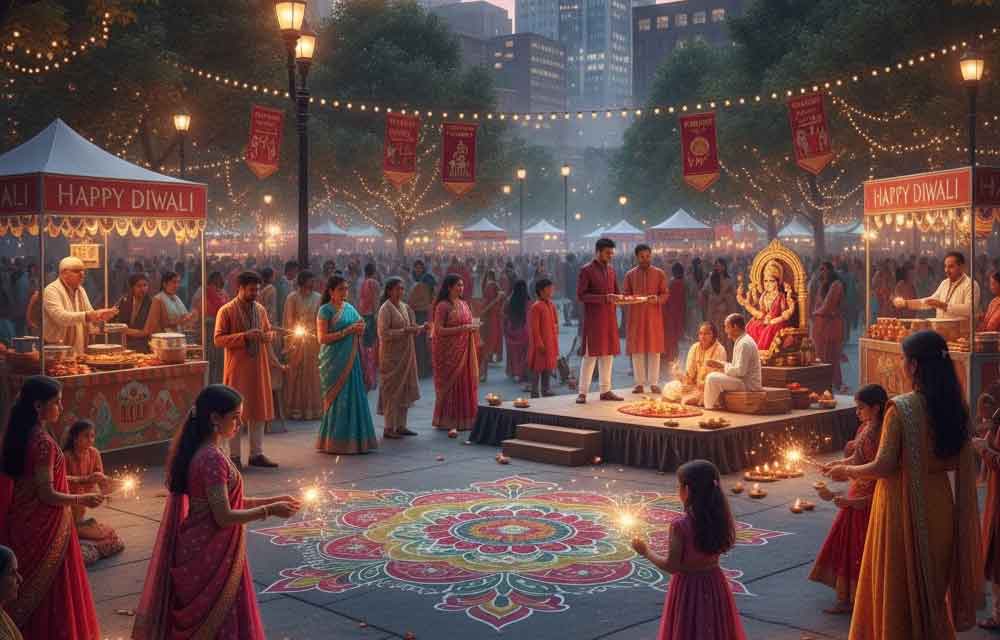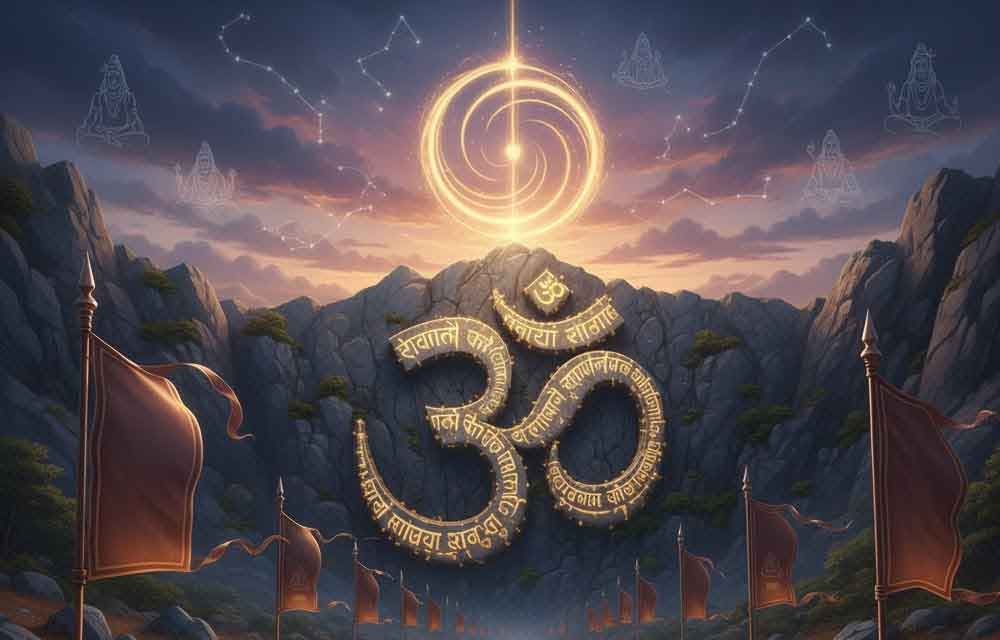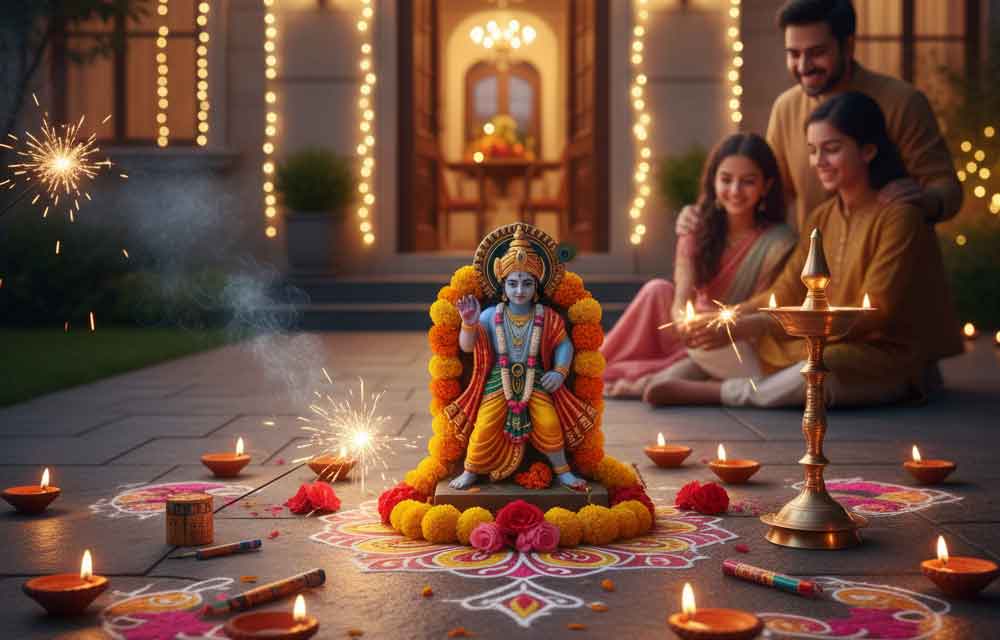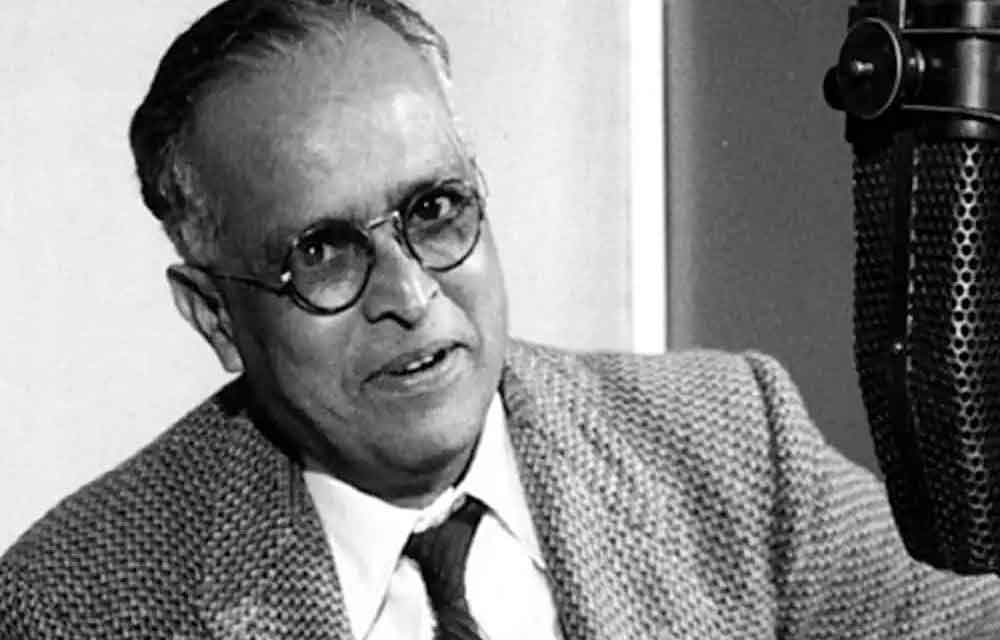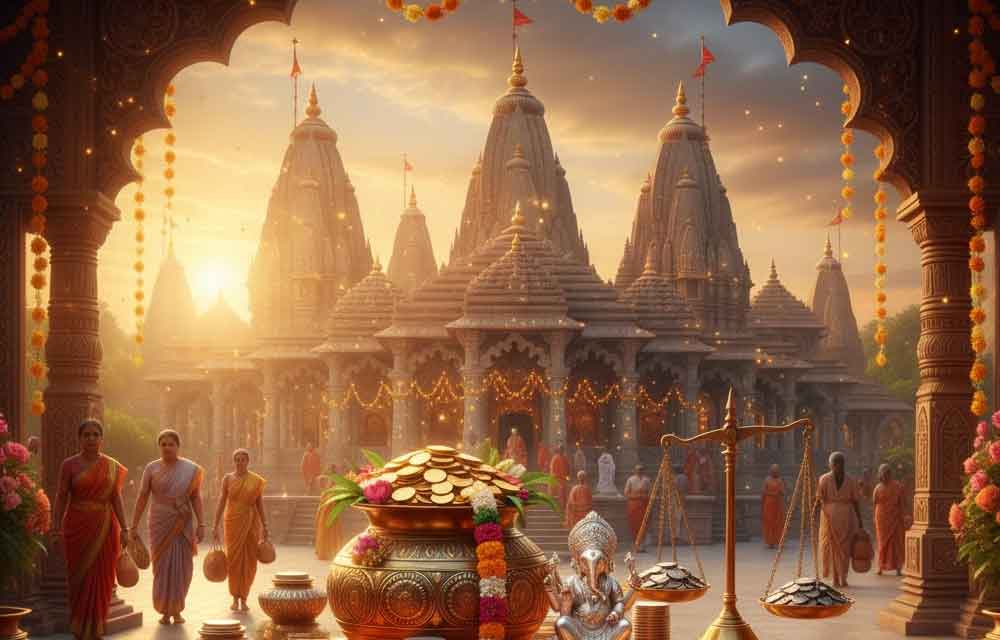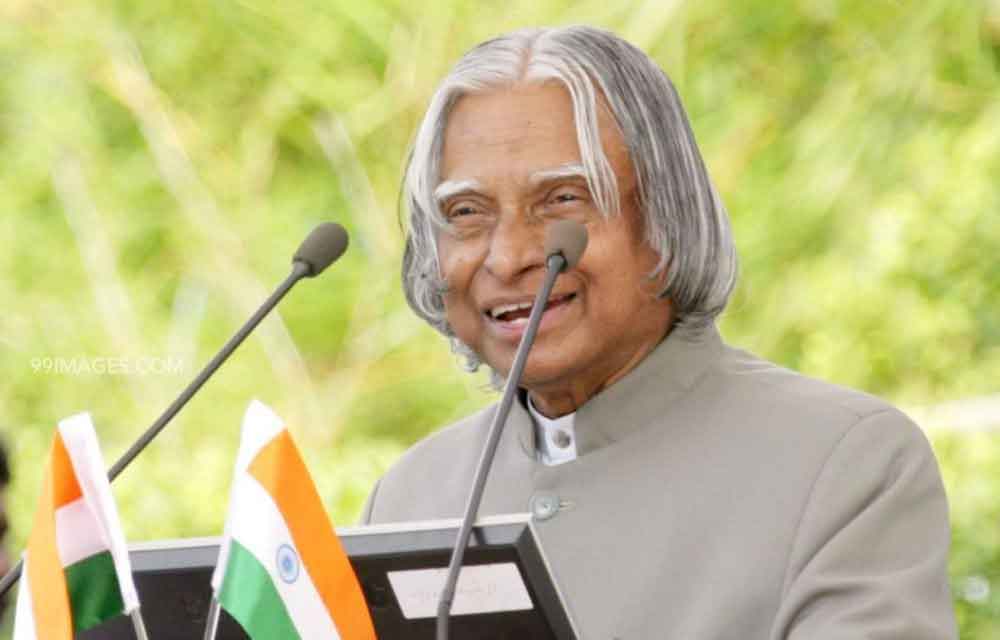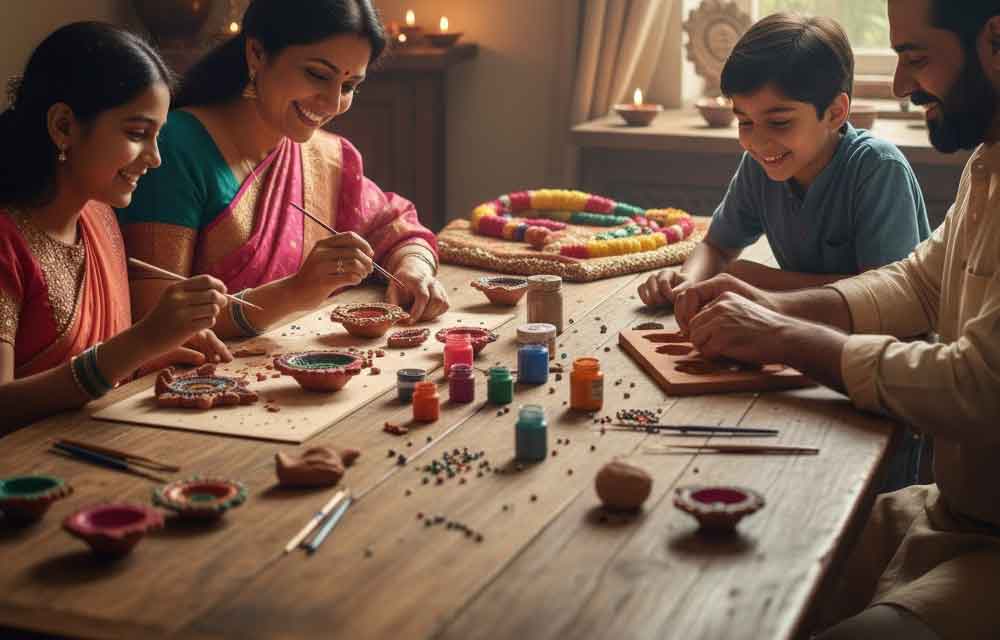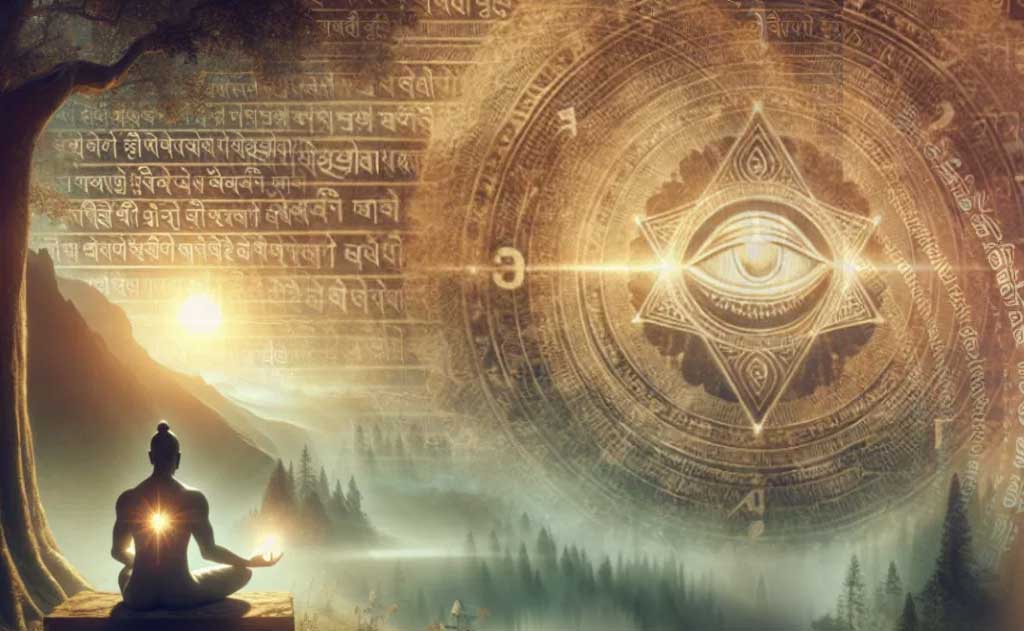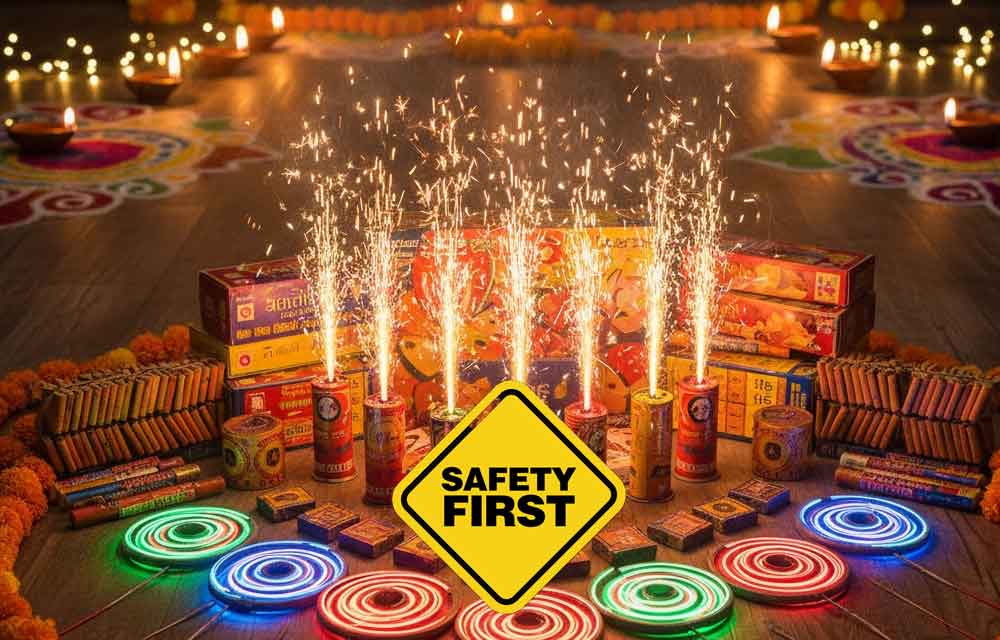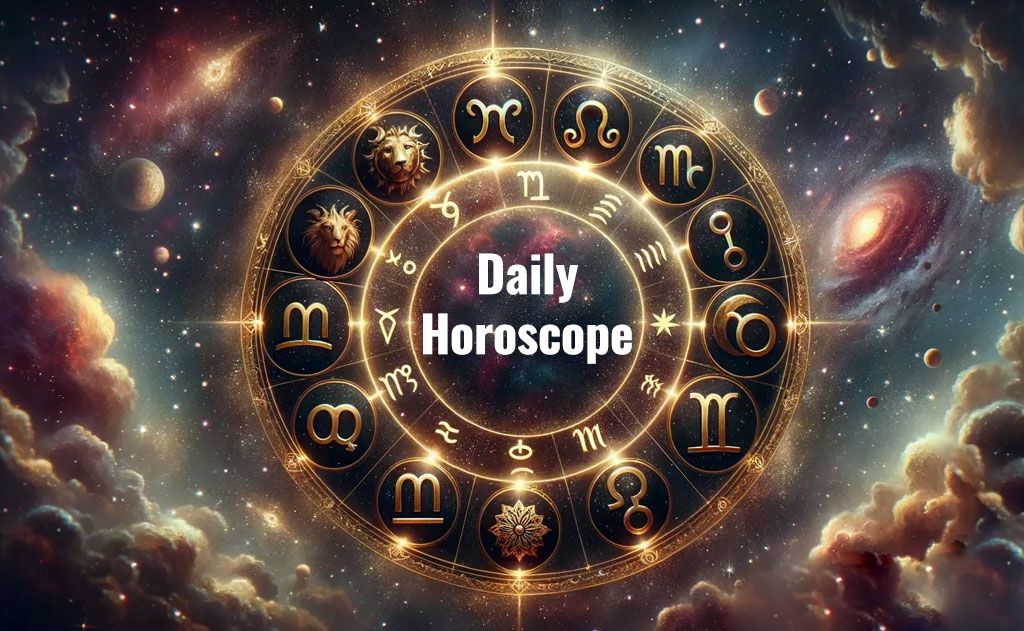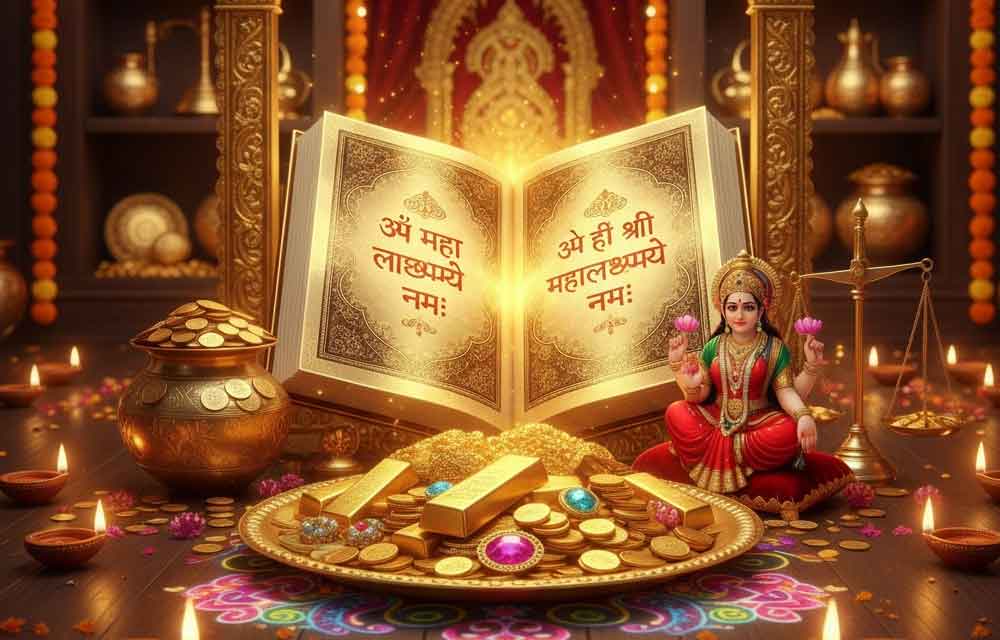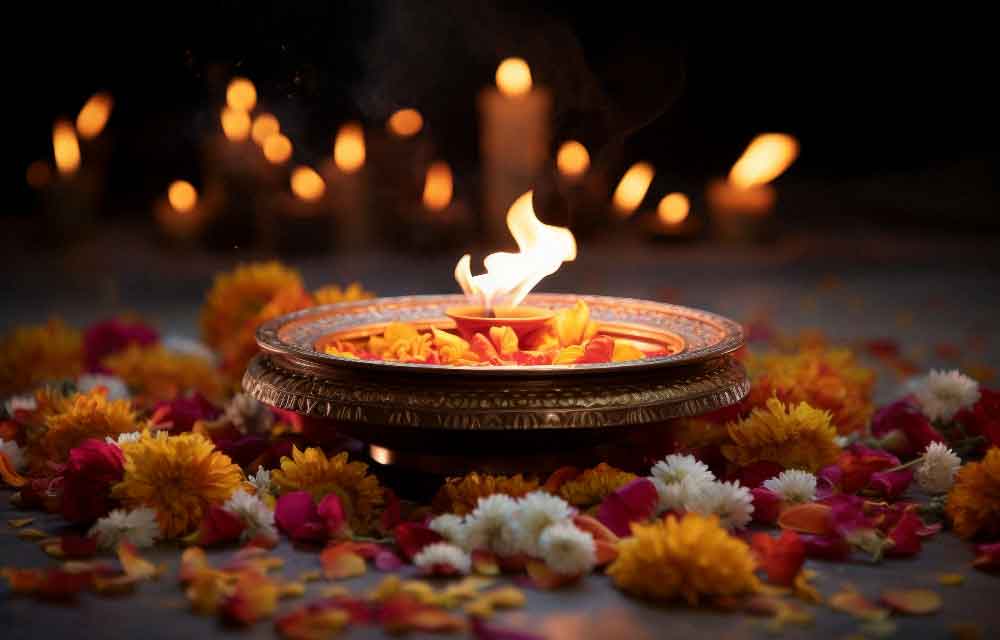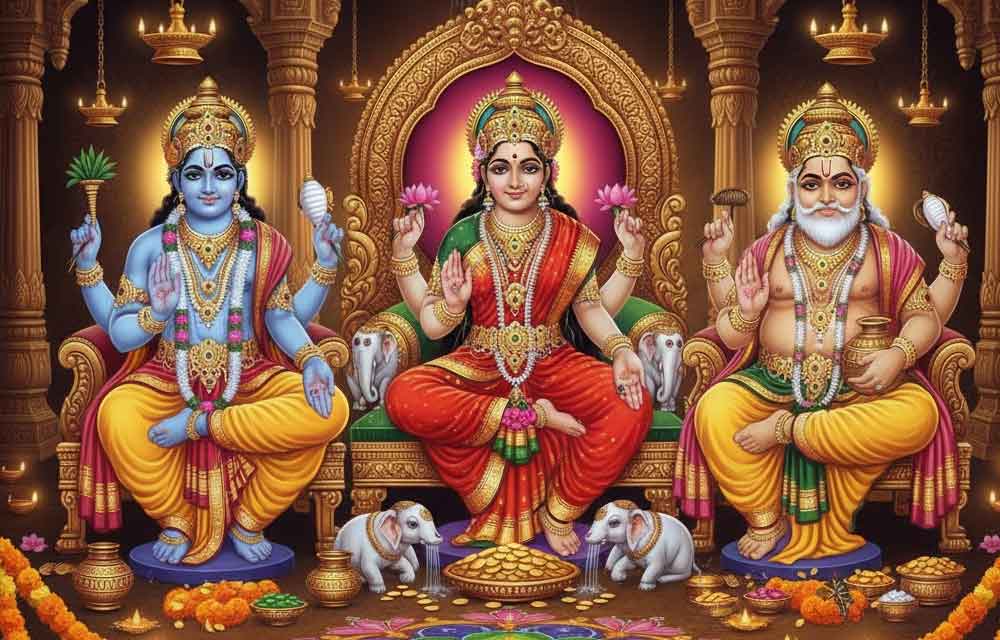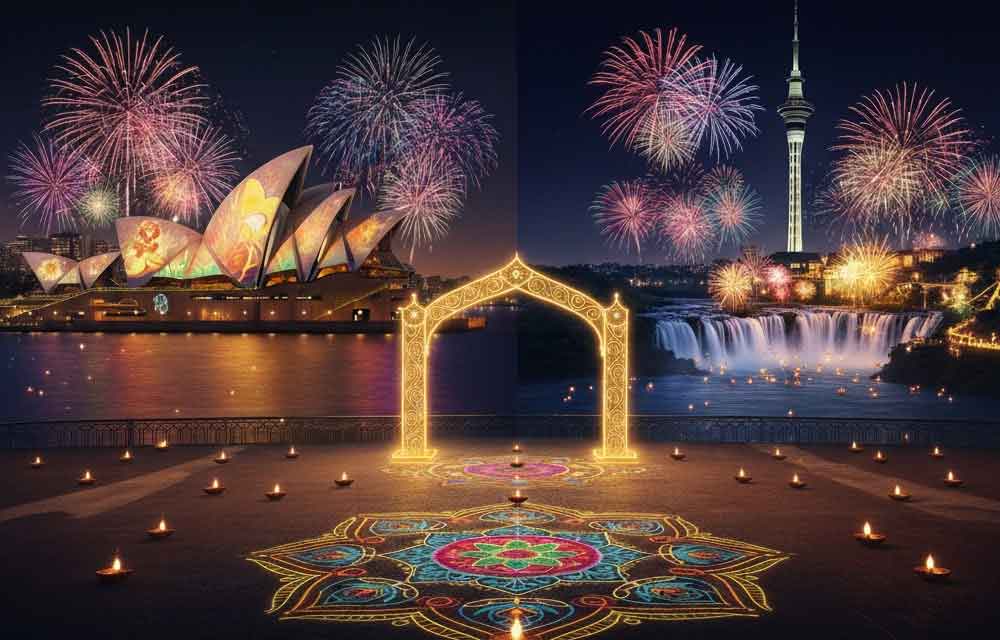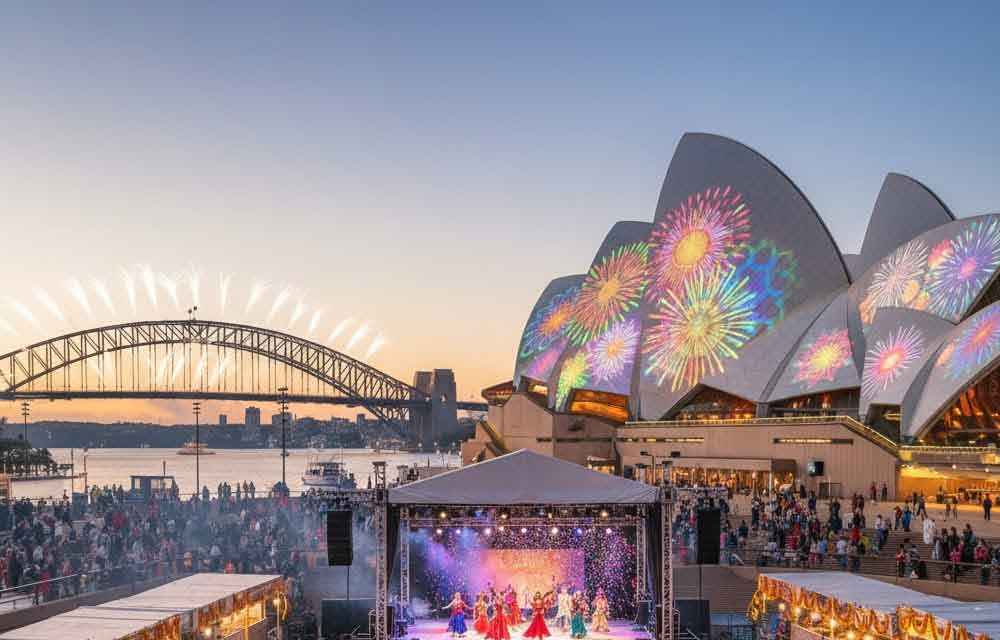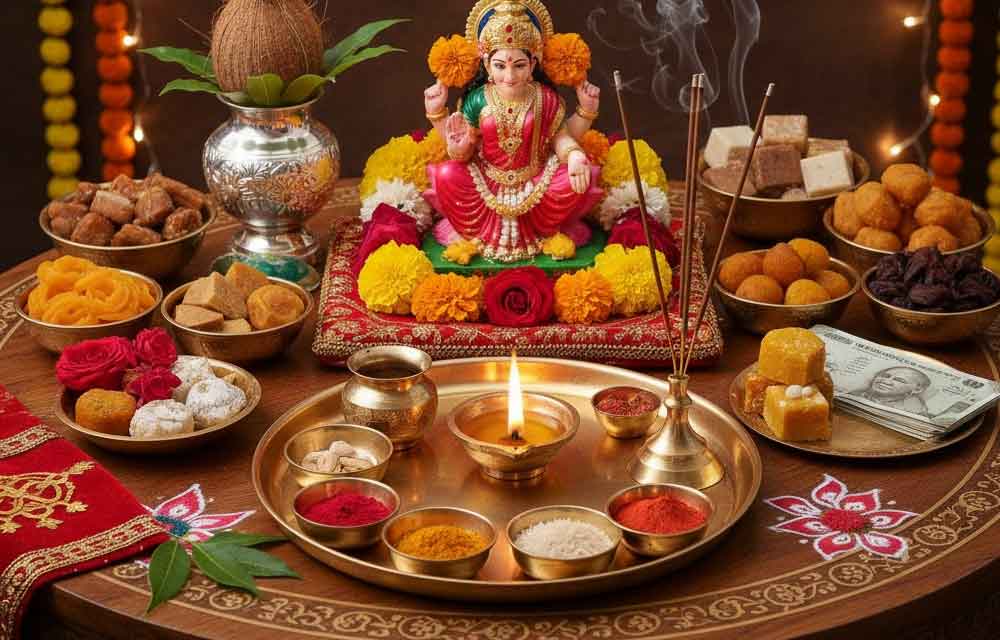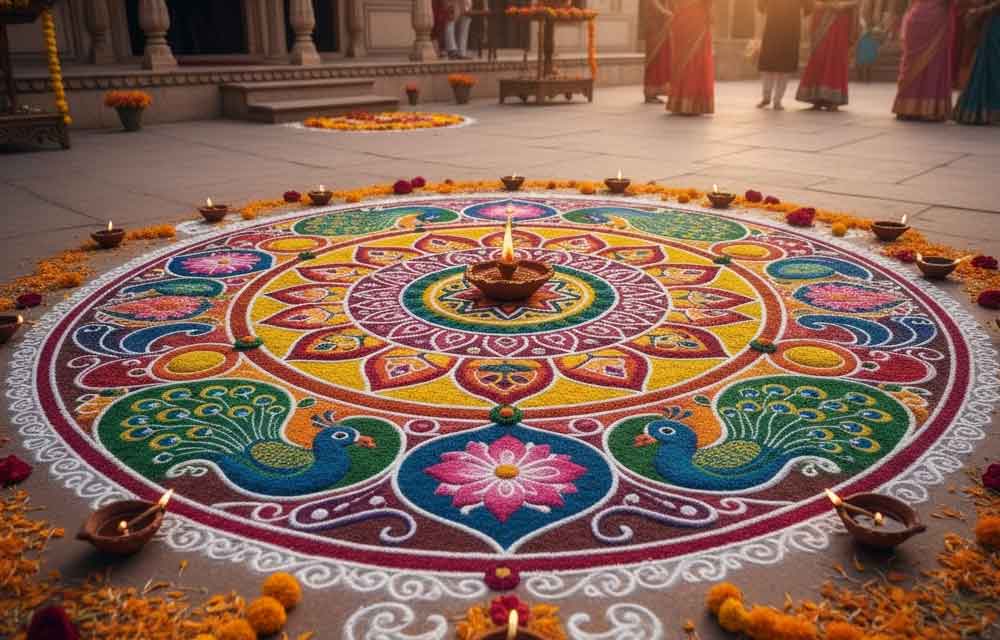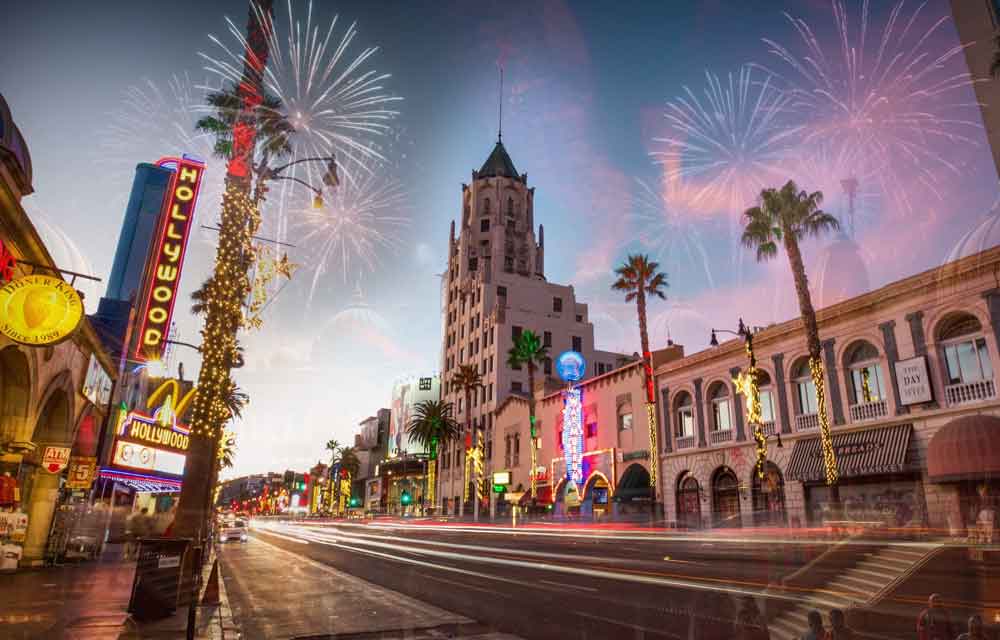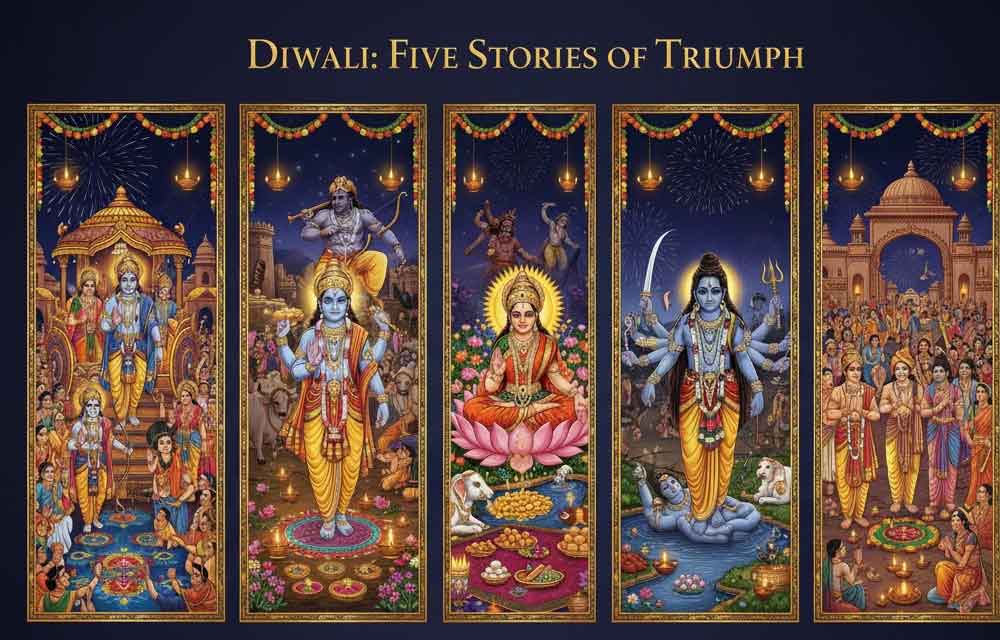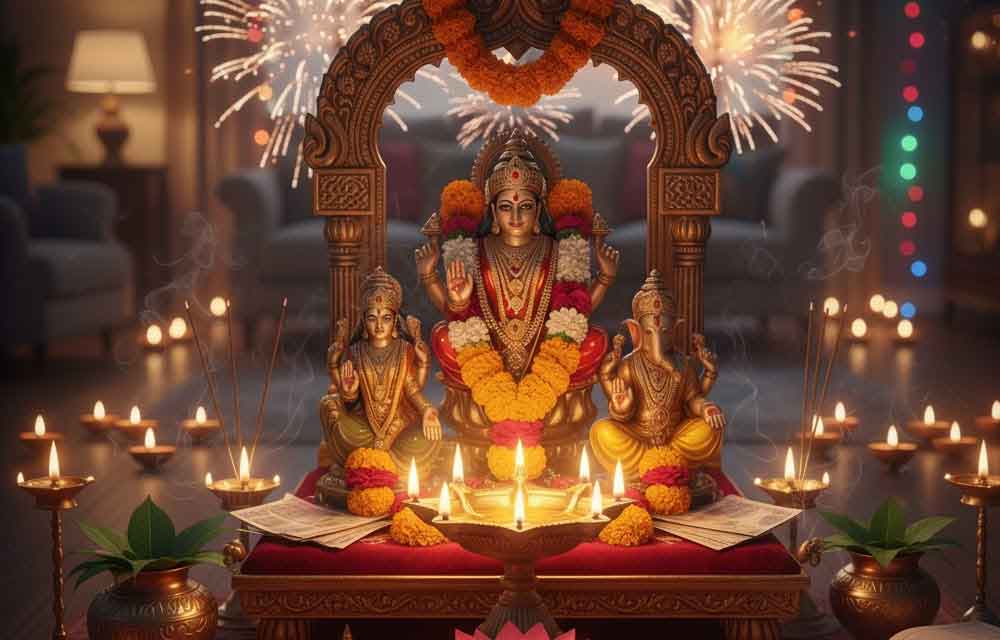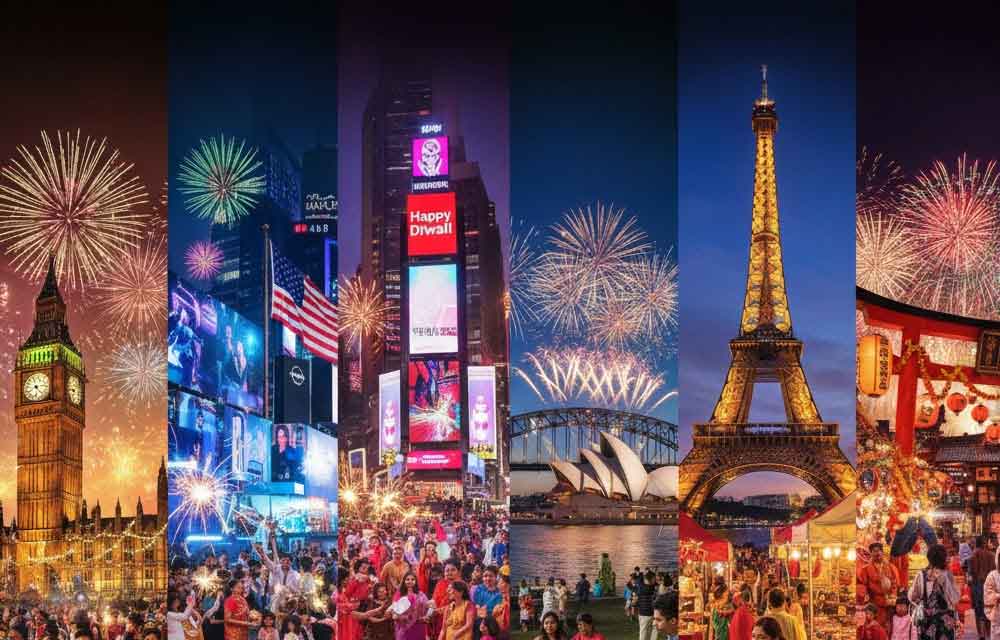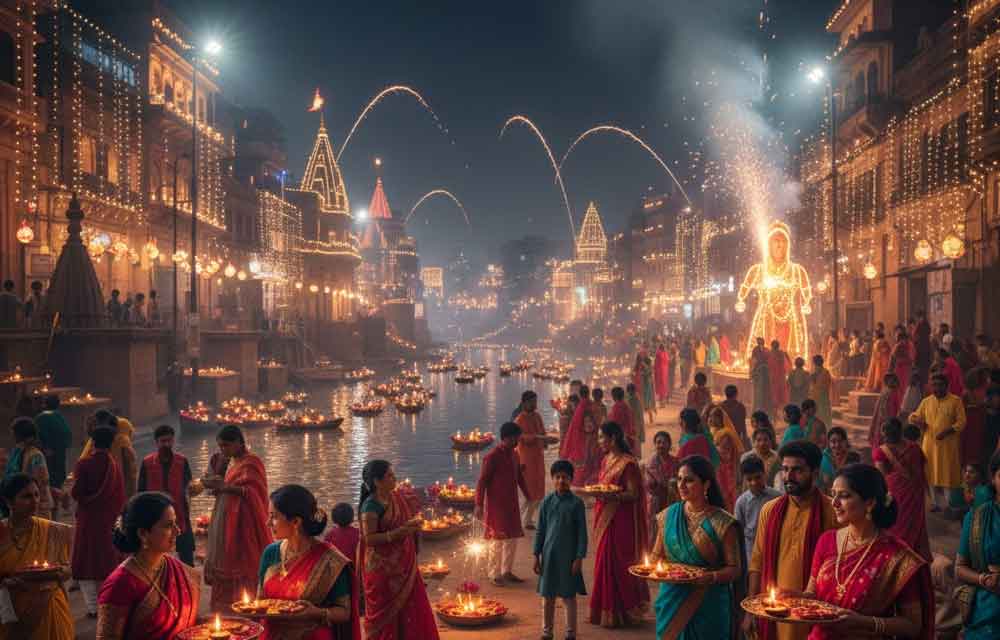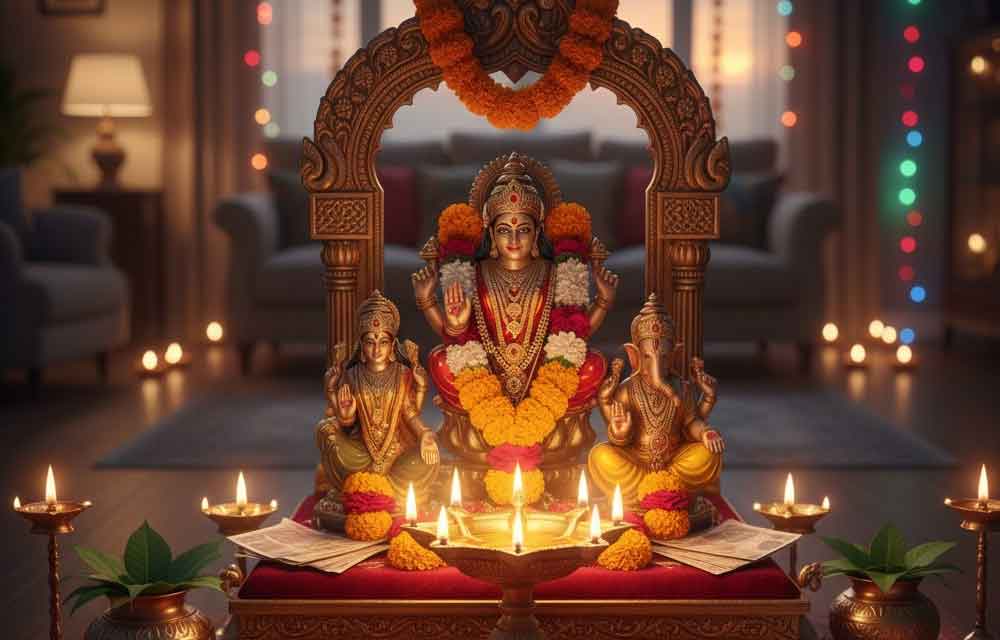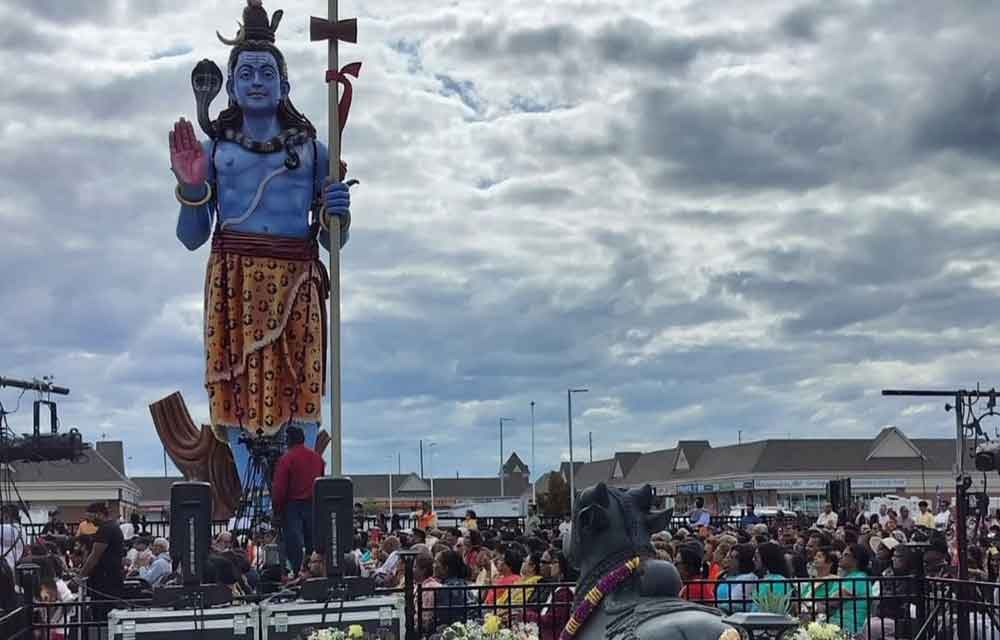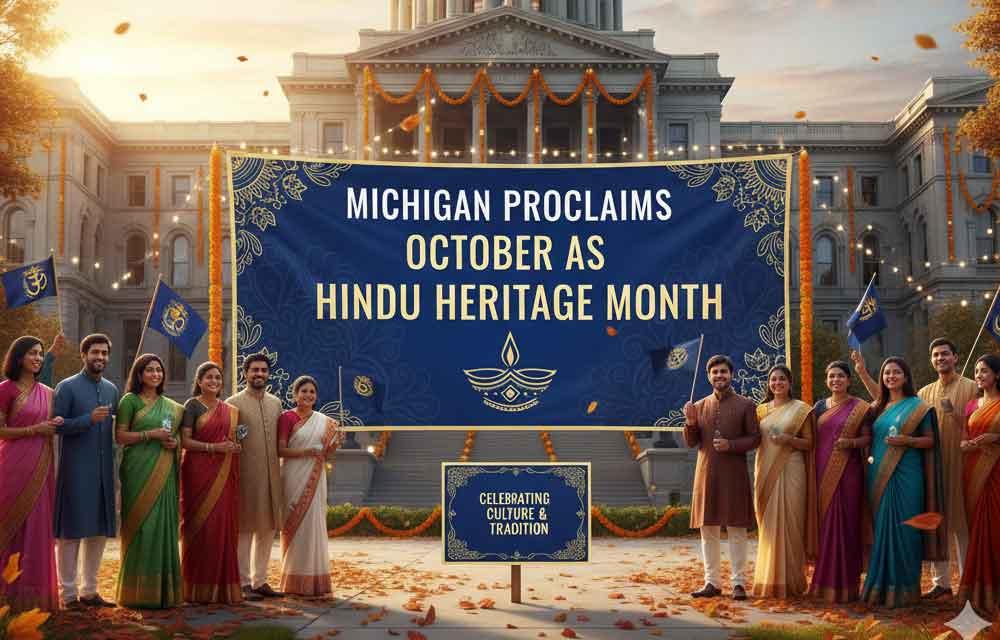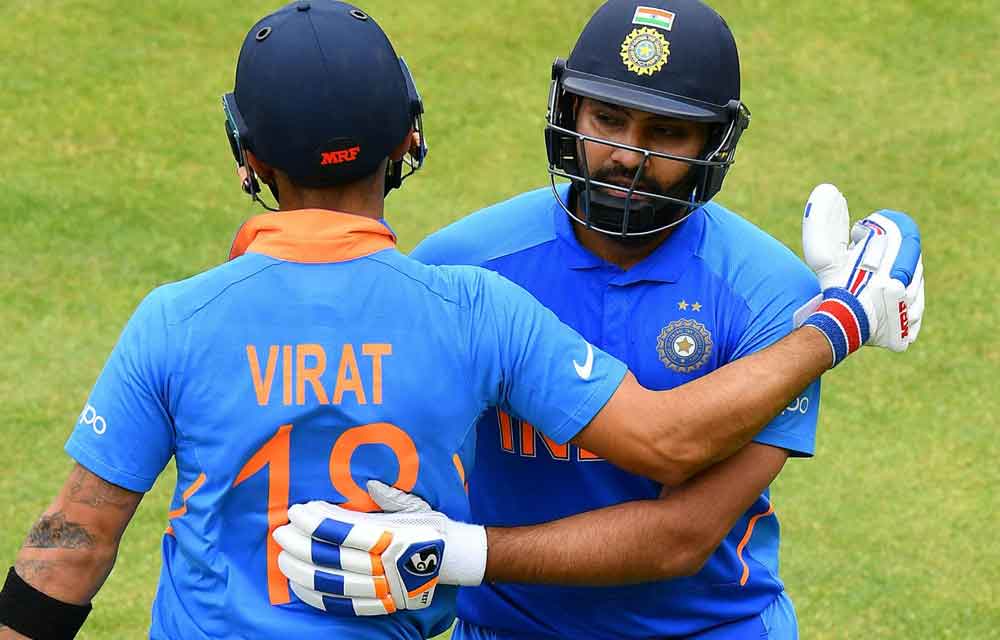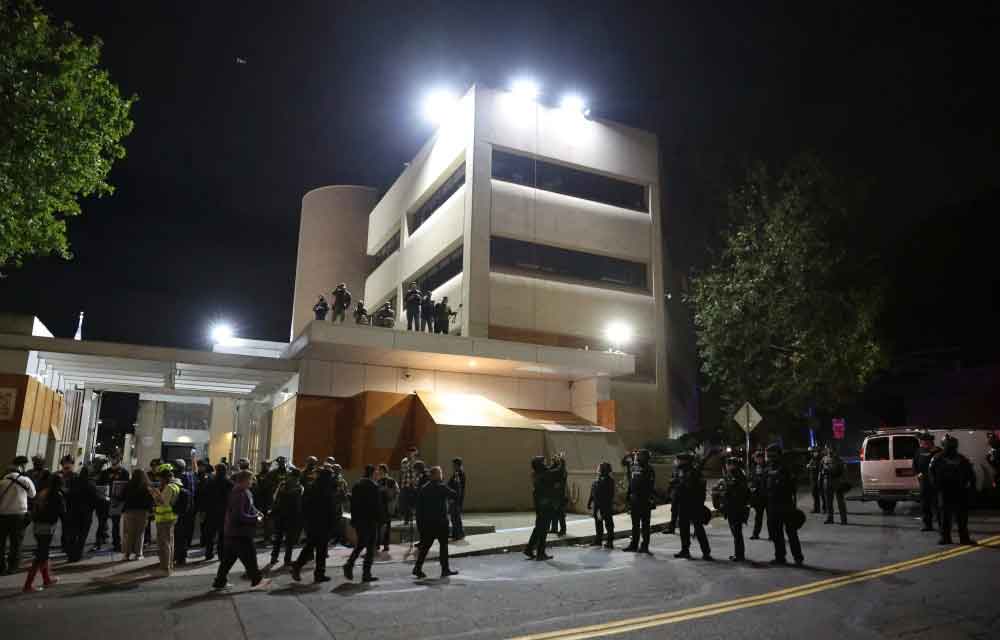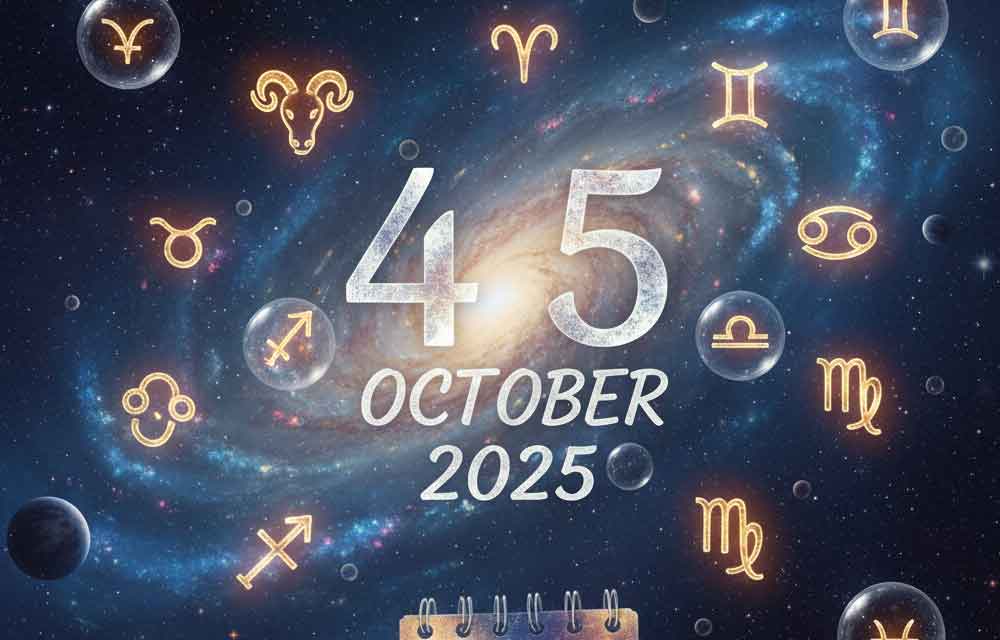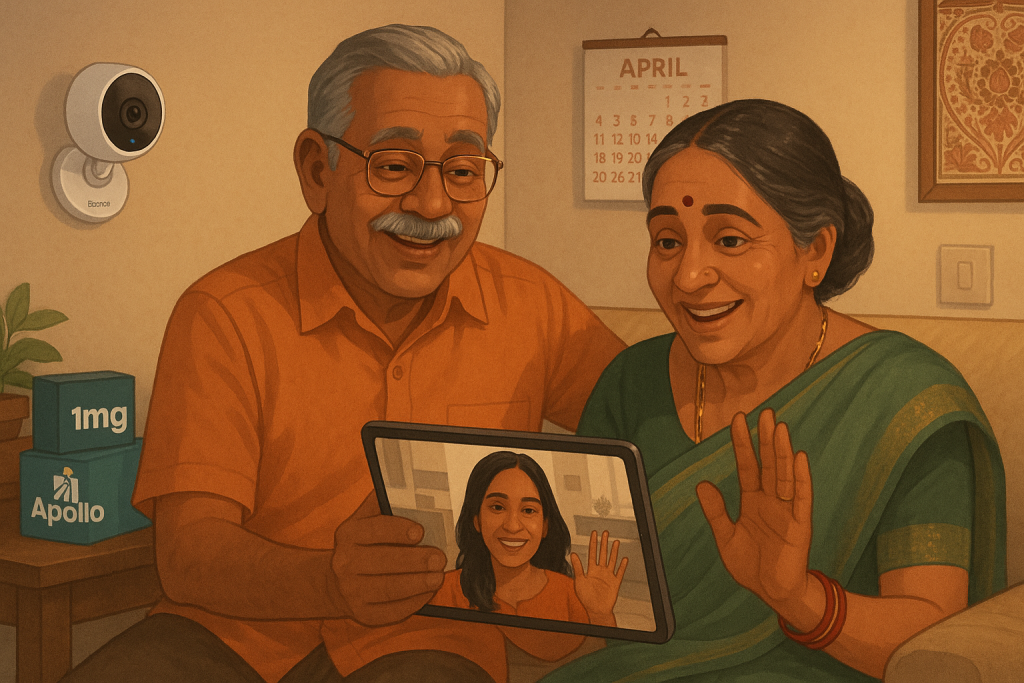Naraka Chaturdashi 2025: The Triumph of Light Over Ego – Story of Krishna and Narakasura and Its Symbolic Meaning

Introduction to Naraka Chaturdashi
Naraka Chaturdashi, also known as Choti Diwali or Kali Chaudas, is one of the most significant days in the Hindu calendar, celebrated on the fourteenth day of the Krishna Paksha in the month of Kartik. In 2025, Naraka Chaturdashi will be observed on October 20th, marking the day before Diwali, the festival of lights.
This auspicious day commemorates Lord Krishna’s victory over the demon king Narakasura, symbolizing the eternal triumph of good over evil, light over darkness, and righteousness over ego. The festival holds profound spiritual significance, reminding devotees that divine grace can vanquish even the most formidable inner demons.
The Legend of Krishna and Narakasura
The Rise of Narakasura
Narakasura, also known as Bhaumasura, was the son of Bhudevi (Mother Earth) and either Lord Varaha (the boar incarnation of Vishnu) or the demon Hiranyaksha, depending on different Puranic accounts. Despite his divine lineage, Narakasura became a tyrannical demon king who ruled Pragjyotishapura, the ancient city believed to be present-day Guwahati in Assam.
Blessed with immense power through intense penance, Narakasura became virtually invincible. His arrogance grew boundlessly, and he began terrorizing the three worlds—heaven, earth, and the netherworld. His atrocities included:
- Kidnapping 16,100 princesses from various kingdoms and imprisoning them in his palace
- Stealing the celestial earrings of Aditi, mother of the Devas
- Usurping the magnificent umbrella of Varuna, the rain god
- Seizing the peak of Mount Mandara
- Defeating and humiliating Indra, the king of gods, and capturing his elephant Airavata
- Harassing sages, celestial beings, and virtuous humans
His reign of terror became unbearable, and the gods approached Lord Vishnu, who had incarnated as Lord Krishna on earth, to deliver them from this menace.
Krishna’s Divine Mission
Understanding the cosmic duty placed upon him, Lord Krishna mounted his celestial vehicle Garuda, accompanied by his consort Satyabhama. Satyabhama, believed to be an incarnation of Bhudevi herself, had a special connection to this battle—as Narakasura’s mother, only she could grant him moksha (liberation) upon his death.
The battle between Krishna and Narakasura was fierce and cosmic in scale. Narakasura commanded a formidable army and possessed supernatural weapons that challenged even the divine warriors. The demon king used his mystical powers to create illusions, summon devastating weapons, and attack with relentless fury.
The Decisive Battle
During the intense combat, Narakasura shot a powerful arrow that wounded Lord Krishna, causing him to faint momentarily. Seeing her beloved lord injured, Satyabhama’s fury knew no bounds. She took up the divine bow, and with Krishna’s blessings and guidance, unleashed a barrage of celestial arrows at the demon.
In some versions, Krishna himself fought the entire battle, while in others, he empowered Satyabhama to deliver the final blow, demonstrating that divine feminine energy (Shakti) is equally powerful in vanquishing evil. The battle culminated with Narakasura falling to the earth, mortally wounded.
The Moment of Liberation
As Narakasura lay dying, a remarkable transformation occurred. The veil of ignorance and ego lifted from his consciousness, and he recognized the divine nature of Krishna. In his final moments, Narakasura experienced genuine remorse for his actions and sought forgiveness.
Witnessing his genuine repentance, Krishna blessed him with moksha. Before breathing his last, Narakasura made a humble request—that his death anniversary should not be a day of mourning but a day of celebration, marked with lights and joy. This dying wish gave birth to the tradition of celebrating Naraka Chaturdashi with lamps and festivities.
Krishna then freed the 16,100 imprisoned princesses, restored the stolen treasures to their rightful owners, and returned peace to the three worlds. The grateful princesses, having lost their honor in society’s eyes, found acceptance when Krishna married all of them, giving them dignity and protection.
The Deep Symbolic Meaning
Narakasura as the Ego
The story of Narakasura transcends its narrative form to convey profound spiritual truths. Narakasura symbolizes the human ego—the false sense of self that separates us from our divine nature. Just as Narakasura, despite his divine origins, became corrupted by power, the ego causes humans to forget their inherent divinity and divine connection.
The demon’s various characteristics mirror ego’s manifestations:
Endless Desire and Greed: Narakasura’s compulsive accumulation of treasures, kingdoms, and captives reflects how ego constantly seeks external validation and possessions, never satisfied despite abundance.
Domination and Control: His tyrannical rule represents the ego’s need to dominate others, proving superiority and feeding on power over fellow beings.
Separation from Divine Source: Despite being born from divine parents, Narakasura forgot his true nature—similarly, humans forget their divine essence, identifying instead with the temporary material self.
Violence and Aggression: His terrorizing of the three worlds symbolizes how unchecked ego creates suffering for ourselves and others, leaving destruction in its wake.
Krishna as Divine Consciousness
Lord Krishna represents the supreme consciousness, the divine self-awareness that exists within every being. His intervention symbolizes the awakening of higher consciousness that alone can vanquish ego.
Divine Grace: Krishna’s decision to fight Narakasura represents grace descending when devotees earnestly seek liberation from ego’s tyranny.
Inner Witness: Just as Krishna observed and eventually intervened in worldly affairs, divine consciousness witnesses all our actions, waiting for the right moment to guide us toward truth.
Playful Transcendence: Krishna’s characteristic playfulness (leela) demonstrates that overcoming ego need not be a grim struggle but can be approached with joy and lightness.
Satyabhama as Empowered Devotion
Satyabhama’s role carries multiple layers of meaning. As Bhudevi (Earth) incarnate, she represents nature itself, which must reclaim its corrupted offspring. Her participation signifies:
Empowered Feminine Energy: The divine feminine (Shakti) is equally potent in spiritual transformation and destroying negative forces.
Mother’s Compassion: Only a mother can truly liberate her child—symbolizing that karmic bonds require release through love rather than mere destruction.
Active Devotion: Satyabhama’s fierce protection of Krishna demonstrates that devotion is not passive but actively participates in divine will.
The Battle as Inner Transformation
The cosmic battle between Krishna and Narakasura allegorically represents the inner spiritual battle every seeker faces:
Recognition of the Problem: The gods’ appeal to Krishna symbolizes the moment when we recognize ego’s destructive influence and seek divine help.
Initial Resistance: Narakasura’s formidable resistance reflects how deeply entrenched ego can be, fighting desperately to maintain its dominance over consciousness.
Divine Intervention: Krishna’s participation shows that ego cannot be defeated through ego itself—only by invoking higher consciousness can transformation occur.
Surrender and Grace: Narakasura’s final moments of repentance illustrate that ultimate liberation comes through surrender, recognizing the divine and releasing attachment to the false self.
Celebration Not Mourning: The request to celebrate rather than mourn demonstrates the spiritual truth that releasing ego is not loss but liberation—a cause for joy and illumination.
Spiritual Practices for Naraka Chaturdashi
Abhyanga Snan (Oil Bath)
The ritual oil bath performed before sunrise on Naraka Chaturdashi carries deep purification symbolism. Applying oil and bathing represents:
- Cleansing physical, mental, and spiritual impurities
- Anointing oneself with consciousness before releasing old patterns
- Preparing the body-temple for divine light
Traditional practice involves applying til oil (sesame oil) mixed with turmeric and ubtan (herbal paste), massaging it into the body, and then bathing with warm water while chanting mantras.
Lighting Diyas
Lighting oil lamps in the early morning darkness symbolizes:
- Dispelling ignorance with the light of knowledge
- Inviting divine consciousness into one’s being
- Celebrating the victory of awareness over delusion
Traditional practice involves lighting diyas at the entrance, in prayer rooms, and throughout the home, preferably using ghee or sesame oil.
Fasting and Prayer
Many devotees observe fasting or consume only light sattvic food on this day, dedicating time to:
- Introspection and self-examination
- Identifying personal “Narakasuras”—ego patterns requiring transformation
- Offering prayers to Krishna for grace in overcoming inner demons
Charitable Acts
Following Krishna’s liberation of captives and restoration of stolen wealth, devotees engage in:
- Donating to the needy
- Feeding the poor
- Supporting spiritual causes
- Freeing oneself from attachments by giving away possessions
Regional Variations and Celebrations
North India
In northern states, Naraka Chaturdashi is observed as Choti Diwali with homes decorated with rangoli, diyas, and flowers. Families perform Lakshmi puja in the evening, preparing for the main Diwali celebration the following day.
South India
Southern states observe the day with special emphasis on the oil bath ritual. In Tamil Nadu and Karnataka, the tradition of “Ganga Snan” involves elaborate abhyanga with oils, herbs, and turmeric before dawn.
Assam and Northeast India
As the region associated with Pragjyotishapura (Narakasura’s kingdom), Assam celebrates with particular enthusiasm. The day is marked with traditional games, community feasts, and cultural programs recounting the legend.
West India
In Maharashtra and Gujarat, the day is known as Kali Chaudas, with special worship of Goddess Kali. Devotees seek protection from negative energies and perform rituals to ward off evil influences.
Modern Relevance: Conquering Contemporary Demons
The Naraka Chaturdashi story resonates powerfully with contemporary challenges:
Personal Ego and Arrogance
In today’s competitive world, ego manifests as:
- Professional arrogance and one-upmanship
- Social media narcissism and validation-seeking
- Materialism and status consciousness
- Inability to accept mistakes or criticism
The festival reminds us to identify these patterns and invoke higher awareness to transcend them.
Collective Darkness
Modern “Narakasuras” exist in societal forms:
- Oppression and injustice
- Environmental exploitation
- Corruption and abuse of power
- Violence and hatred
Naraka Chaturdashi inspires collective action against these forces, reminding us that righteousness ultimately prevails when people unite with divine principles.
Inner Liberation
The core message remains timeless—true freedom comes not from external circumstances but from conquering inner demons:
- Fear and anxiety
- Anger and resentment
- Greed and jealousy
- Attachment and identification with the false self
By celebrating this festival consciously, we recommit to the inner work of self-transformation.
Naraka Chaturdashi 2025: Dates and Timing
Date: Monday, October 20, 2025
Chaturdashi Tithi Begins: October 20, 2025, at approximately 12:58 PM Chaturdashi Tithi Ends: October 21, 2025, at approximately 11:43 AM
Auspicious Time for Abhyanga Snan: Before sunrise (approximately 4:30 AM to 6:00 AM)
Evening Diya Lighting: During sunset hours (approximately 6:00 PM to 7:30 PM)
Note: Exact timings may vary based on location. Consult local panchang for precise muhurat timings.
The Message of Hope and Transformation
The story of Krishna vanquishing Narakasura ultimately delivers a message of profound hope. No matter how powerful ego becomes, how entrenched negative patterns are, or how dark circumstances appear, divine consciousness—when invoked with sincerity—can transform everything.
Narakasura’s liberation at the moment of death teaches that it’s never too late for transformation. Even a lifetime of darkness can dissolve in the light of genuine recognition and surrender to divine truth.
The festival’s timing—just before Diwali—is significant. It reminds us that before we can fully celebrate the light (Diwali), we must first confront and vanquish our inner darkness (Naraka Chaturdashi). Authentic illumination requires honest self-examination and the courage to face our shadow aspects.
Conclusion
Naraka Chaturdashi 2025 offers us an opportunity to reflect on the eternal battle between light and darkness playing out within our own consciousness. As we light diyas and perform traditional rituals, we can infuse these practices with awareness of their deeper significance.
The triumph of Krishna over Narakasura is not merely ancient mythology but a living spiritual principle available to anyone who sincerely seeks freedom from ego’s tyranny. By understanding and internalizing the symbolic wisdom of this festival, we transform it from cultural observance into powerful spiritual practice.
This Naraka Chaturdashi, let us commit to recognizing our personal Narakasuras—the ego patterns that bind us—and invoke the Krishna consciousness within, that divine awareness that alone can liberate us. Let us celebrate not just with external lights but with the inner illumination that comes from genuine self-knowledge and transformation.
As we approach Diwali, may this festival of Naraka Chaturdashi prepare our hearts and minds to receive and radiate authentic light—the light of consciousness, compassion, and divine love that dispels all darkness forever.
Jai Shri Krishna! Happy Naraka Chaturdashi!

 English
English 

